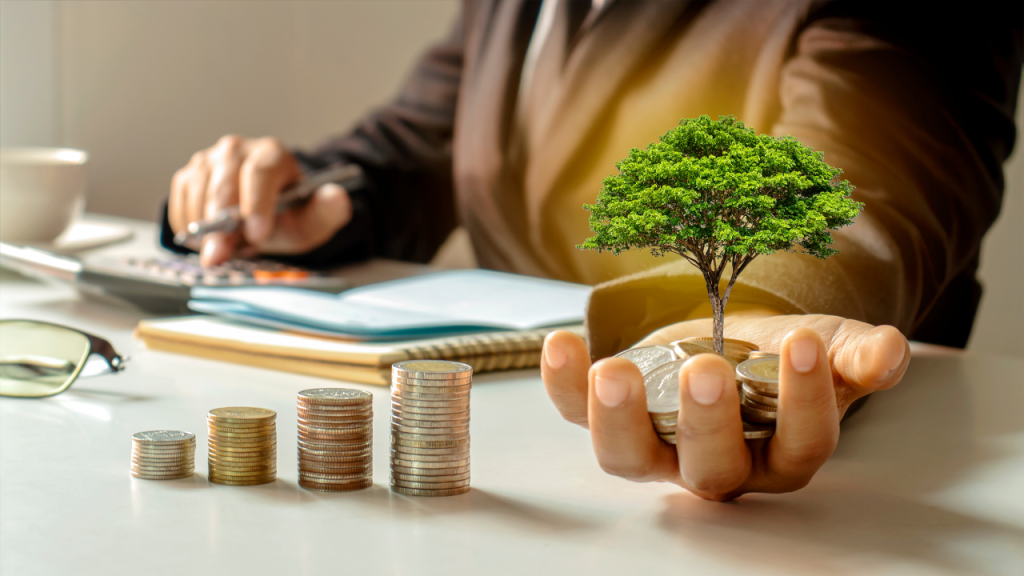Understanding Roof Restoration: A Key Component of Effective Commercial Roofing
Commercial roofing is a significant investment for businesses, providing protection, energy efficiency, and enhancing the overall aesthetic of a building. However, over time, roofs can deteriorate due to weather conditions, age, and lack of maintenance. This is where roof restoration comes into play, serving as a crucial strategy for maintaining and extending the lifespan of commercial roofing systems.
What is Roof Restoration?
Roof restoration refers to the process of repairing and renewing an existing roof rather than replacing it entirely. This service is designed to address various issues such as leaks, surface damage, and deterioration, ultimately enhancing the roof’s performance and extending its lifespan. Unlike a complete roof replacement, restoration is often a more cost-effective solution that can save businesses time and money.
The Importance of Roof Restoration in Commercial Roofing
1. Cost-Effectiveness
One of the primary advantages of roof restoration is its cost-effectiveness. Businesses can often achieve substantial savings by restoring their roofs instead of opting for a complete replacement. Restoration can resolve minor issues before they escalate into significant problems, reducing long-term maintenance costs.
2. Extended Lifespan
A well-executed roof restoration can significantly extend the lifespan of a commercial roofing system. By addressing wear and tear, applying protective coatings, and making necessary repairs, businesses can add years to their roofs, ensuring they remain functional and reliable.
3. Improved Energy Efficiency
Commercial roofs often play a vital role in a building’s energy efficiency. During the restoration process, contractors can apply reflective coatings that help reduce heat absorption, leading to lower energy costs. This is especially important for businesses looking to improve their sustainability and reduce their carbon footprint.
4. Enhanced Aesthetics
A well-maintained roof contributes to the overall appearance of a commercial building. Roof restoration can improve the aesthetic appeal of a property, making it more attractive to customers and clients. This is particularly significant for businesses that rely on their physical presence to attract customers.
Signs Your Commercial Roof Needs Restoration
Recognizing the signs that your commercial roof requires restoration is essential for timely intervention. Here are some indicators to watch for:
1. Leaks and Water Damage
If you notice water stains on the ceiling or walls, it may indicate that your roof is leaking. Addressing leaks promptly is crucial to prevent further damage and costly repairs.
2. Visible Deterioration
Cracks, blisters, or peeling in the roofing material are signs that the roof may need restoration. These issues can lead to more severe problems if not addressed quickly.
3. Increased Energy Bills
A sudden spike in energy costs can indicate that your roof is no longer performing efficiently. If your commercial building is losing heat or cool air due to roof issues, restoration might be necessary.
4. Age of the Roof
If your roof is approaching or has surpassed its expected lifespan, it’s wise to consider restoration options. Regular inspections can help determine if restoration is the right choice.
The Roof Restoration Process
The roof restoration process typically involves several key steps:
1. Inspection and Assessment
A thorough inspection is conducted to evaluate the roof’s condition. This includes checking for leaks, structural damage, and the overall integrity of the roofing materials.
2. Cleaning
Before any repairs or coatings can be applied, the roof must be cleaned. This step removes debris, mold, and dirt, ensuring a solid foundation for restoration.
3. Repairs
After cleaning, any necessary repairs are made to address leaks, cracks, or other issues. This step is crucial for ensuring the effectiveness of the restoration.
4. Coating Application
Once repairs are complete, a protective coating is typically applied. This coating not only enhances the roof’s durability but also provides additional waterproofing and energy efficiency benefits.
Choosing the Right Contractor for Roof Restoration
Selecting a qualified contractor is essential for successful roof restoration. Look for professionals with experience in commercial roofing, positive reviews, and a solid reputation in the industry. A reliable contractor will provide a detailed assessment and a clear plan for restoration, ensuring that your investment is well protected.
Conclusion
In summary, roof restoration is a key component of effective commercial roofing. By addressing issues proactively and choosing restoration over replacement, businesses can save money, extend the lifespan of their roofs, improve energy efficiency, and enhance the aesthetics of their properties. Regular inspections and timely restoration are essential strategies for maintaining a healthy commercial roofing system, ultimately contributing to the overall success of a business.



